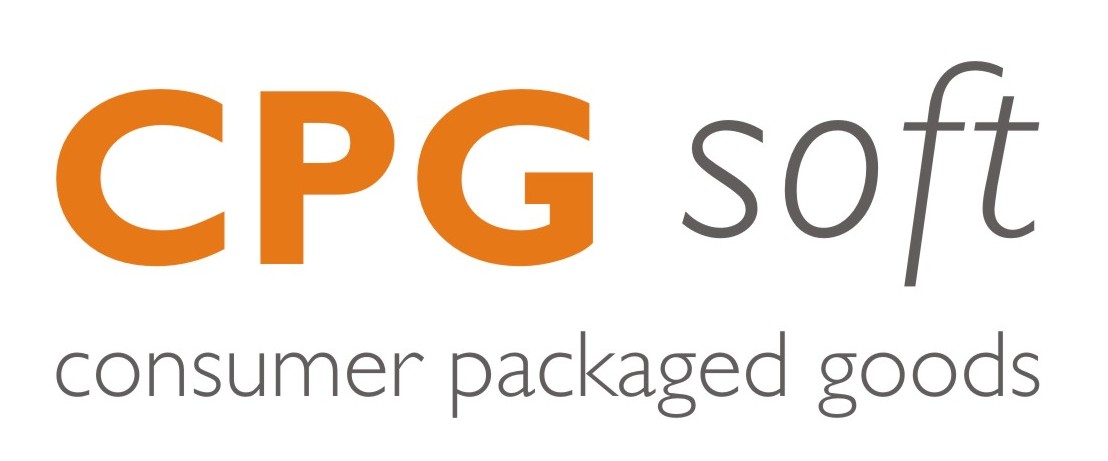
As technology continues to advance, there is a growing demand for more efficient and accurate ways of managing and analyzing large amounts of data. This has led to the development of various tools and techniques, one of which is CPG. In this article, we will delve into what CPG is, its importance, and how it is used in various industries.
What Does CPG Stand For?
CPG stands for “Consumer Packaged Goods.” Consumer packaged goods are products that are consumed every day by the average person. These products include food, beverages, personal care products, and household items, among others. CPGs are generally sold through retail stores, such as supermarkets and convenience stores, and are packaged in such a way that they are easily transportable and can be used or consumed immediately.
What is CPG?
CPG refers to a type of data management system that is specifically designed for the Consumer Packaged Goods industry. It is a system that enables companies to manage and analyze data related to their products, customers, and sales.
The CPG system is designed to collect, store, and analyze data from various sources, including sales data, market research, and customer feedback. This data can then be used to improve product development, optimize marketing strategies, and enhance the overall customer experience.
Why is CPG Important?
CPG is important for several reasons. Firstly, it enables companies to make data-driven decisions, which can lead to more efficient and effective business practices. Secondly, it allows companies to identify trends and patterns in consumer behavior, which can be used to improve product development and marketing strategies. Finally, it can help companies to identify areas where they can improve the customer experience, which can lead to increased loyalty and repeat business.
How is CPG Used?
CPG is used in a variety of ways in the Consumer Packaged Goods industry. Here are some examples:
- Product Development: CPG can be used to identify trends in consumer behavior and preferences, which can be used to develop new products that meet the needs and wants of customers.
- Marketing: CPG can be used to optimize marketing strategies by identifying the most effective channels for reaching target audiences.
- Sales: CPG can be used to track sales data and identify areas where sales can be improved, such as by identifying products that are not selling well or by identifying stores that are underperforming.
- Customer Experience: CPG can be used to collect and analyze customer feedback, which can be used to improve the overall customer experience.




